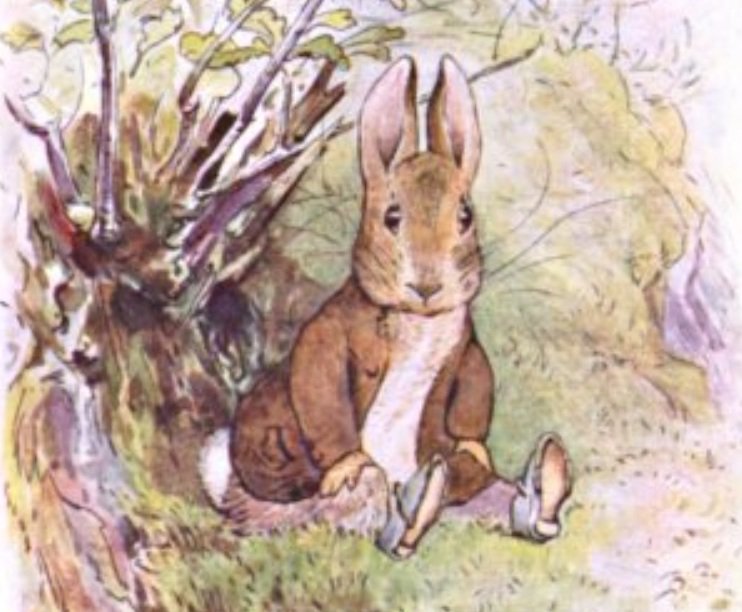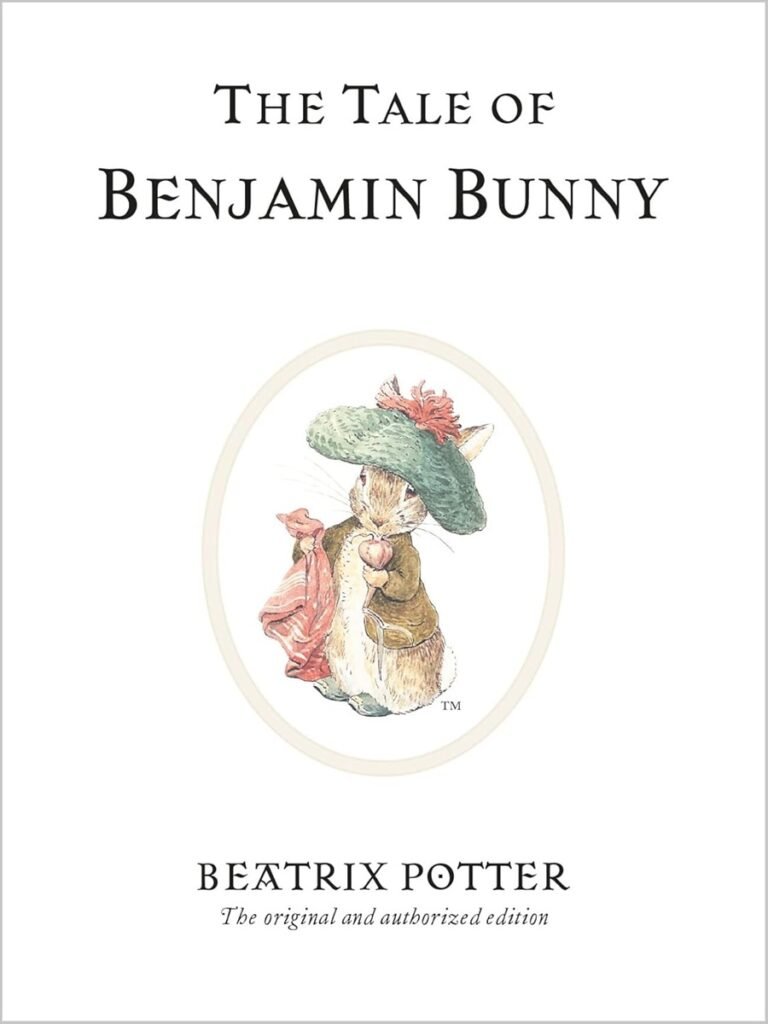Your cart is currently empty!
The Tale of Benjamin Bunny by Beatrix Potter follows Benjamin Bunny and his cousin Peter Rabbit as they venture into Mr. McGregor’s garden to retrieve Peter’s lost clothes. This charming story explores themes of courage, family, and curiosity through Potter’s whimsical illustrations and playful narrative. Our literature guide includes comprehension questions, character analysis activities, vocabulary exercises, and creative writing prompts to deepen understanding and engagement. Designed for early elementary learners, this guide is most suitable for grades 1–3, offering a fun and educational way to explore a classic tale.

| Title | The Tale of Benjamin Bunny |
| Author | Beatrix Potter |
| Year Published | 1904 |
| Suitable Grade Level | Grades 1–3 |
| Key Themes | – Courage and Bravery: Facing fears and taking risks, such as venturing into Mr. McGregor’s garden. – Family Bonds: The importance of family support and teamwork between Benjamin and Peter. – Curiosity and Adventure: Exploring new places leads to discovery and personal growth. – Consequences of Actions: Understanding that choices have results, both positive and negative. – Friendship and Cooperation: Working together helps characters solve problems and overcome obstacles. |
| Literary Elements | – Plot: Benjamin and Peter’s garden adventure to recover Peter’s lost clothes. – Setting: Mr. McGregor’s garden and surrounding countryside. – Characterization: Peter Rabbit, Benjamin Bunny, Mr. McGregor. – Conflict: Man vs. nature and man vs. self; overcoming fear and obstacles. – Resolution: Safe return home with lessons learned about caution and teamwork. |
| Rhetorical Devices | – Personification: Animals display human-like behavior and speech. – Repetition: Reinforces key actions and emotions. – Dialogue: Reveals character personality and advances the story. – Imagery: Vivid descriptions of the garden and countryside engage the senses. – Humor: Situational comedy and playful antics of the animal characters. |
| Curriculum Connections | – Reading Comprehension: Sequencing events, making predictions, drawing inferences. – Vocabulary Development: Learning new words from context and discussion. – Character Analysis: Understanding motives, traits, and growth. – Cause and Effect: Linking characters’ choices to outcomes. – Writing Prompts: Creative storytelling, personal connections to the story. – Art Integration: Illustrating scenes, analyzing Potter’s artwork. – Social-Emotional Learning: Empathy, teamwork, decision-making. |

